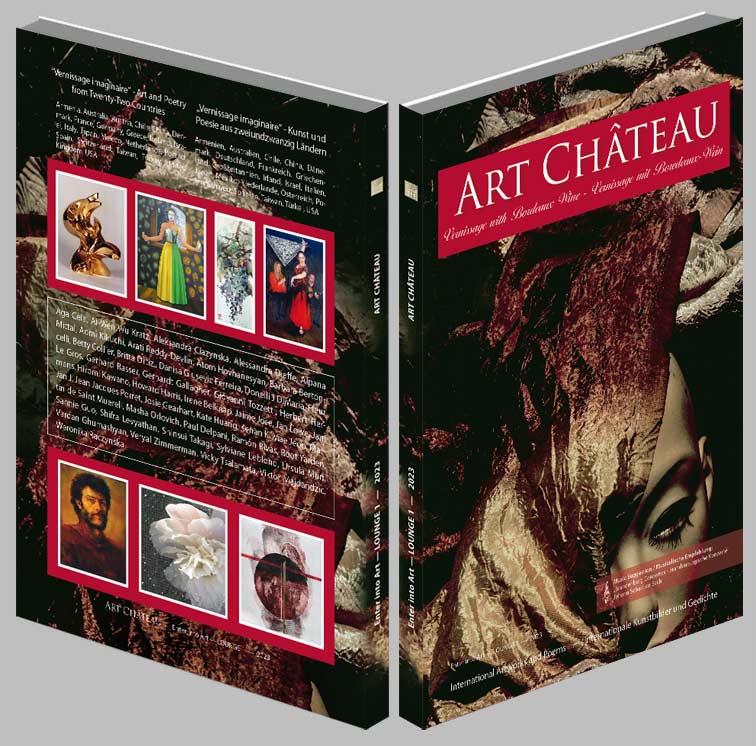Drinking wine is a sensual journey, and listening to music is said to make it even more enjoyable. Even the grapes themselves love music – as they ripen, they prefer the great symphonies of Beethoven or Mahler, while fermentation makes them long for sacred vocal music and Baroque pieces. Yes – plants are sentient beings, too! While the wine bills of famous composers often mark them as sensual personalities, wine is not the most common subject in classical music.
One outstanding composer associated with it was Franz Schubert. The “Schubertiades” of the 1820s were brilliant PR events featuring waltzes, food, drink, dance, poetry, and art – as were the parties later organized by the Strauss brothers. Different professional interests merged very successfully at these occasions. In the Baroque era, people’s love of festive occasions was strongly reflected in music. In the 17th and 18th century, one condition “table music” had to meet was that it had to be as long as a common banquet. This, however, is not true for Telemann’s “Musique de table“ – he was only looking for a catchy title.

The text and the poems in this post are excerpts from the book “Art Château, Vol. 1 – Vernissage with Bordeau Wine“.
„Sansoucci“ – A Taste for Art, Music and Wine
In the context of this book, I would therefore like to recommend Johann Sebastian Bach’s “Brandenburg Concertos” to accompany the artwork in the following pages. In his years at Köthen, Bach composed mainly secular works. At the court of Leopold, Prince of Anhalt-Köthen, he became a major contributor to his music-loving employer’s evening concerts. This was the time when Frederick the Great began exchanging letters with Voltaire, and many German rulers started building summer residences called “pleasure palaces”. One of the most famous examples is Sansoucci Palace in Potsdam. The subject of wine is omnipresent in its architecture and interior. The king loved French wines and had insisted that the terraced vineyards at the foot of his new residence were completed first.
Bach also performed at the Court in Berlin, and his six “Brandenburg Concertos” were dedicated to Christian Ludvig, Margrave of Brandenburg-Schwedt. Like the aromas of a good Bordeaux, the soloists in the second concerto yield a harmonious bouquet of individual contrasts. The third concerto is yet another prime example of the abstract character associated with Bach’s work. In the Baroque era, counterpoint became a fundamental element of composition. Connoisseurs will discover the same multitude of melodies played simultaneously, while each of them remains significant in their own right, as they leaf through the harmonious bouquet of artworks in this book, or taste the fine Bordeaux served at our vernissage.
The river valley
A hall alive with birdsong and
Grape blossom scent.
The scarlet red of
The slopes on the vineyard beams
And gleams like ruby.
Arcades of wine leaves:
The blue of the sky their
Noble coronation.
Birds sing their songs,
As the bowls of the wells gently
Gurgle along.
By the white bench
The blackbird’s aria resounds
As the sun rises.
Sources: Please see the authors, poet and bibliography in the above link to the online book (imprint at the end of the book)!
